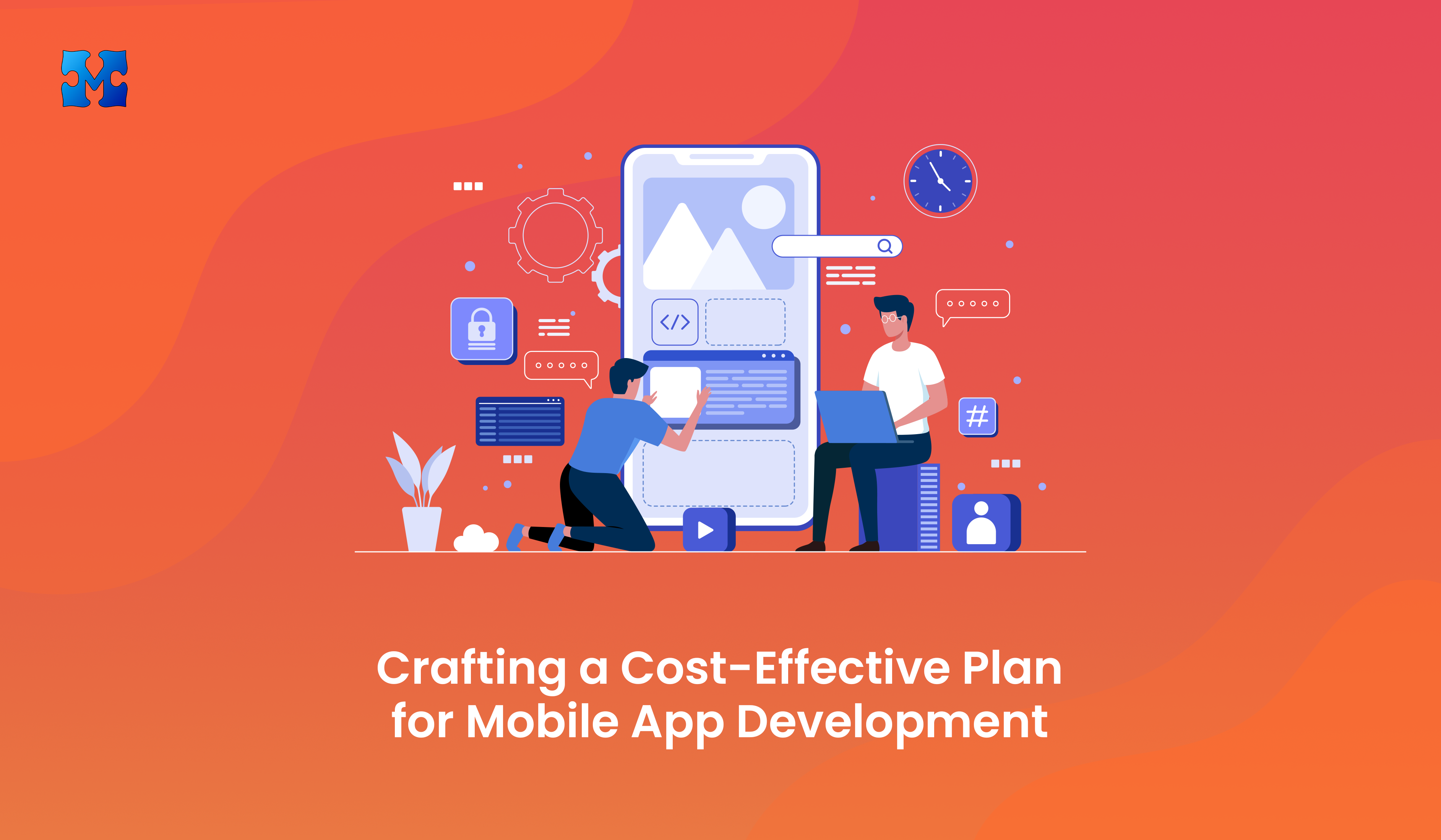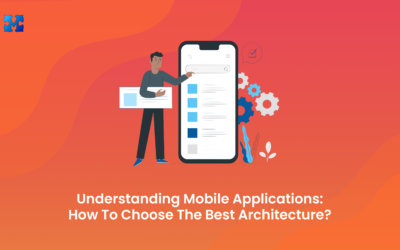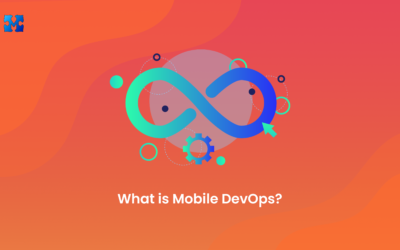There are approximately 6.92 billion smartphone users worldwide, constituting roughly 85% of the global population, with this number steadily increasing.
There are roughly 9 million mobile apps available today, catering to both Apple and Android users, and supporting a variety of functions including online transactions, accessing services, establishing social connections, gaming, streaming movies, and listening to music.
A well-designed mobile app can yield numerous benefits, from enhancing customer engagement to optimizing operations. However, the development process can be intricate and expensive, prompting concerns among entrepreneurs, CTOs, and decision-makers.
Fortunately, with strategic planning and the right approach, initiating a cost effective plan for mobile app development project is possible without sacrificing quality. In this blog post, we’ll delve into the step-by-step planning process for such a project.
Establishing Clear Objectives and Scope
The cornerstone of any prosperous mobile app endeavor hinges on delineating lucid objectives and scope. Commence by grasping the fundamental purpose of your app, whether it’s augmenting sales, enhancing customer satisfaction, or refining internal processes. Once the primary goals are delineated, outline the requisite features and functionalities essential for accomplishing these aims.
Strategic Feature Prioritization
Despite the allure of incorporating a plethora of features, an economically viable strategy demands astute feature prioritization. Identify the pivotal features that align with your app’s objectives and offer maximum value to users. Utilize methodologies like the MoSCoW technique (Must have, Should have, Could have, Won’t have) to classify features based on their significance.
Selection of Appropriate Development Approach
The development approach you opt for can profoundly influence your project’s financial outlay. You have three principal options: native, hybrid, and progressive web apps (PWAs). Native apps furnish superior performance and user experience but may entail higher costs due to multiple codebases. Hybrid apps strike a balance between cost and performance, while PWAs are cost-efficient albeit potentially restrictive in functionality.
Thorough Research and Technology Stack Selection
Choosing the apt technology stack can expedite development and mitigate expenses. Delve into research and pinpoint technologies tailored to your app’s requisites. Contemplate aspects such as integration ease, scalability, and the availability of proficient developers proficient in your chosen stack.
Embracing Agile Methodology
Embracing Agile methodology advocates for iterative development, facilitating adept adaptation to changes. By decomposing the project into smaller sprints, you can perpetually assess progress, solicit feedback, and effect requisite modifications, all of which can culminate in long-term cost efficiencies.
Thorough Testing Procedures
Comprehensive testing is paramount to ensure your app operates as intended and remains free from critical bugs. Execute thorough testing at every developmental phase, encompassing unit testing, integration testing, and user acceptance testing. Early detection and resolution of issues can avert costly rework in later stages.
Scalability Planning
Although your initial app may target a limited user base, incorporating scalability considerations from the outset can avert significant redesigns down the line. Select an architecture conducive to seamless scaling as your user base expands. Cloud-based solutions offer flexibility and cost-effectiveness in this regard.
Enhancing User Onboarding and Experience
A smooth user onboarding process and intuitive user experience are imperative for app success. Invest in a user-centric interface that seamlessly navigates users through the app’s functionalities, minimizing confusion. An intuitive experience can curtail support inquiries and bolster user satisfaction.
Post-Launch Maintenance Strategy
The app launch marks only the inception of its lifecycle. Allocate resources for post-launch maintenance, updates, and enhancements. Regularly monitor user feedback and app performance to pinpoint areas necessitating attention. Neglecting post-launch maintenance risks user discontent and jeopardizes long-term viability.
Conclusion
In summary, achieving a cost effective plan for mobile app development project is possible through careful planning and strategic decision-making.
At Mosaic Echo, we’re committed to helping you realize your budget-friendly mobile app development project through meticulous planning and strategic decision-making. Reach out to us today for personalized guidance and expert assistance throughout your app development journey.




